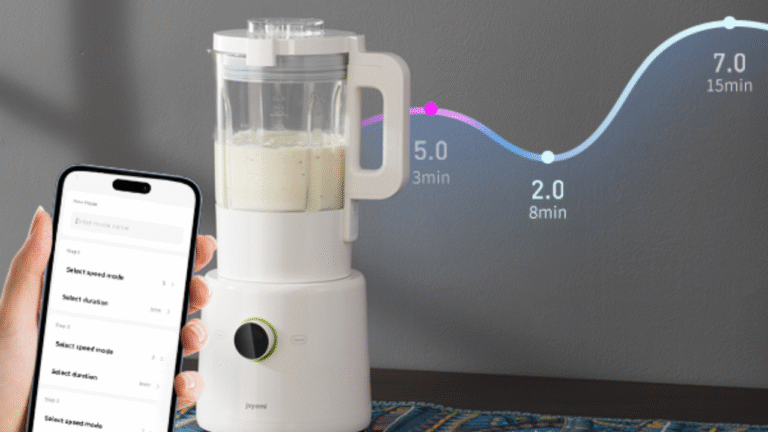Chinese Greetings: A Complete Guide to Polite Conversation in Mandarin
Learning a new language involves more than just grammar and vocabulary—it also includes understanding cultural etiquette. One of the first steps in mastering Mandarin is learning the right Chinese greetings. Whether you’re meeting someone for the first time, greeting a friend, or sending holiday wishes, knowing the proper phrases can make a big difference. This guide will help you explore the most common Chinese greetings, when to use them, and how to say them correctly.
Why Chinese Greetings Matter
In Chinese culture, greetings are more than mere words—they reflect respect, politeness, and social awareness. Using the wrong greeting in the wrong situation can be seen as rude, while a proper greeting can help build trust and positive relationships. Learning Chinese greetings allows you to make a good impression, whether in personal interactions, professional settings, or travel.
Basic Chinese Greetings for Everyday Use
Some greetings are suitable for almost any situation. These are the first phrases every learner should know.
- 你好 (Nǐ hǎo) – This is the most common greeting in Mandarin, meaning “hello.” It is polite, neutral, and works in both formal and informal settings.
- 您好 (Nín hǎo) – A more respectful version of “hello,” used for elders, teachers, or anyone you want to show extra respect to.
- 早上好 (Zǎoshang hǎo) – Meaning “good morning,” this greeting is ideal for starting the day.
- 下午好 (Xiàwǔ hǎo) – “Good afternoon” is used after noon and is appropriate for formal and casual settings.
- 晚上好 (Wǎnshàng hǎo) – Meaning “good evening,” this greeting works when meeting someone after 6 PM.
Including these simple Chinese greetings in your daily routine can help you sound polite and natural when speaking Mandarin.
Informal Chinese Greetings Among Friends
Just like in any language, informal greetings are essential when talking to friends or family. Some common informal Chinese greetings include:
- 嗨 (Hāi) – Simply “hi,” similar to English.
- 你好吗? (Nǐ hǎo ma?) – Meaning “how are you?” This is commonly used among friends and acquaintances.
- 最近怎么样? (Zuìjìn zěnme yàng?) – “How have you been recently?” This is casual and friendly.
- 好久不见 (Hǎojiǔ bù jiàn) – “Long time no see,” a common way to greet someone you haven’t seen in a while.
Using informal Chinese greetings helps build a friendly, relaxed connection while showing that you are familiar with conversational Mandarin.
Professional and Formal Chinese Greetings
When entering business or professional environments, your greetings need to reflect respect and politeness. Some formal Chinese greetings include:
- 很高兴见到您 (Hěn gāoxìng jiàn dào nín) – “Nice to meet you,” polite and formal.
- 请多关照 (Qǐng duō guānzhào) – Literally “please take care of me,” used as a humble way to ask for someone’s guidance, often in work settings.
- 祝您工作顺利 (Zhù nín gōngzuò shùnlì) – “Wish you a smooth workday,” often said at the start or end of a professional meeting.
Mastering formal Chinese greetings is crucial for students, businesspeople, and travelers who want to make a good impression.
Special Occasion Chinese Greetings
Chinese culture is rich with festivals and special occasions, each requiring specific greetings. Some examples of traditional Chinese greetings include:
- 新年快乐 (Xīnnián kuàilè) – “Happy New Year,” a must-know greeting during the Lunar New Year.
- 春节快乐 (Chūnjié kuàilè) – “Happy Spring Festival,” another common Lunar New Year greeting.
- 生日快乐 (Shēngrì kuàilè) – “Happy Birthday,” universally recognized in social settings.
- 节日快乐 (Jiérì kuàilè) – “Happy holiday,” used for occasions such as the Mid-Autumn Festival or National Day.
These special Chinese greetings show cultural awareness and respect for tradition, making your interactions more meaningful.
Non-Verbal Greetings in Chinese Culture
While spoken greetings are essential, non-verbal gestures also play a significant role. In many cases, a simple bow, nod, or handshake accompanies a verbal greeting. In modern China, handshakes are common in professional settings, while a slight nod is appropriate in casual interactions. Understanding both verbal and non-verbal Chinese greetings ensures you communicate politely and effectively.
Tips for Pronouncing Chinese Greetings Correctly
Mandarin pronunciation can be challenging because it is a tonal language. Using the correct tone is crucial because the same syllable can have completely different meanings depending on the tone. Here are a few tips:
- Listen to native speakers to get familiar with the tones.
- Practice each greeting slowly, focusing on the correct tone.
- Use repetition in context, such as saying “你好” when you enter a store or meet someone.
Practicing Chinese greetings regularly will boost your confidence and help you sound natural.
Common Mistakes to Avoid
When using Chinese greetings, some common mistakes include:
- Mixing up informal and formal greetings. For example, using “嗨” (hi) with an elder can be considered disrespectful.
- Ignoring tone marks, which can change the meaning entirely.
- Forgetting cultural context, such as using casual greetings in professional meetings.
Being aware of these pitfalls ensures your greetings are appropriate and effective.
Practice Makes Perfect
The key to mastering Chinese greetings is regular practice. Incorporate greetings into your daily interactions, watch Chinese media to hear how natives greet each other, and try to respond naturally in context. Over time, your pronunciation and understanding of when to use each greeting will improve.
Conclusion
Learning Chinese greetings is the first step to effective communication in Mandarin. From everyday encounters to formal business meetings and festive celebrations, using the right greeting shows respect and cultural awareness. By practicing both verbal and non-verbal greetings, you can build better relationships and make a positive impression in any social setting. Whether you say “你好,” “新年快乐,” or “好久不见,” these simple words open doors to meaningful interactions and a deeper understanding of Chinese culture.




